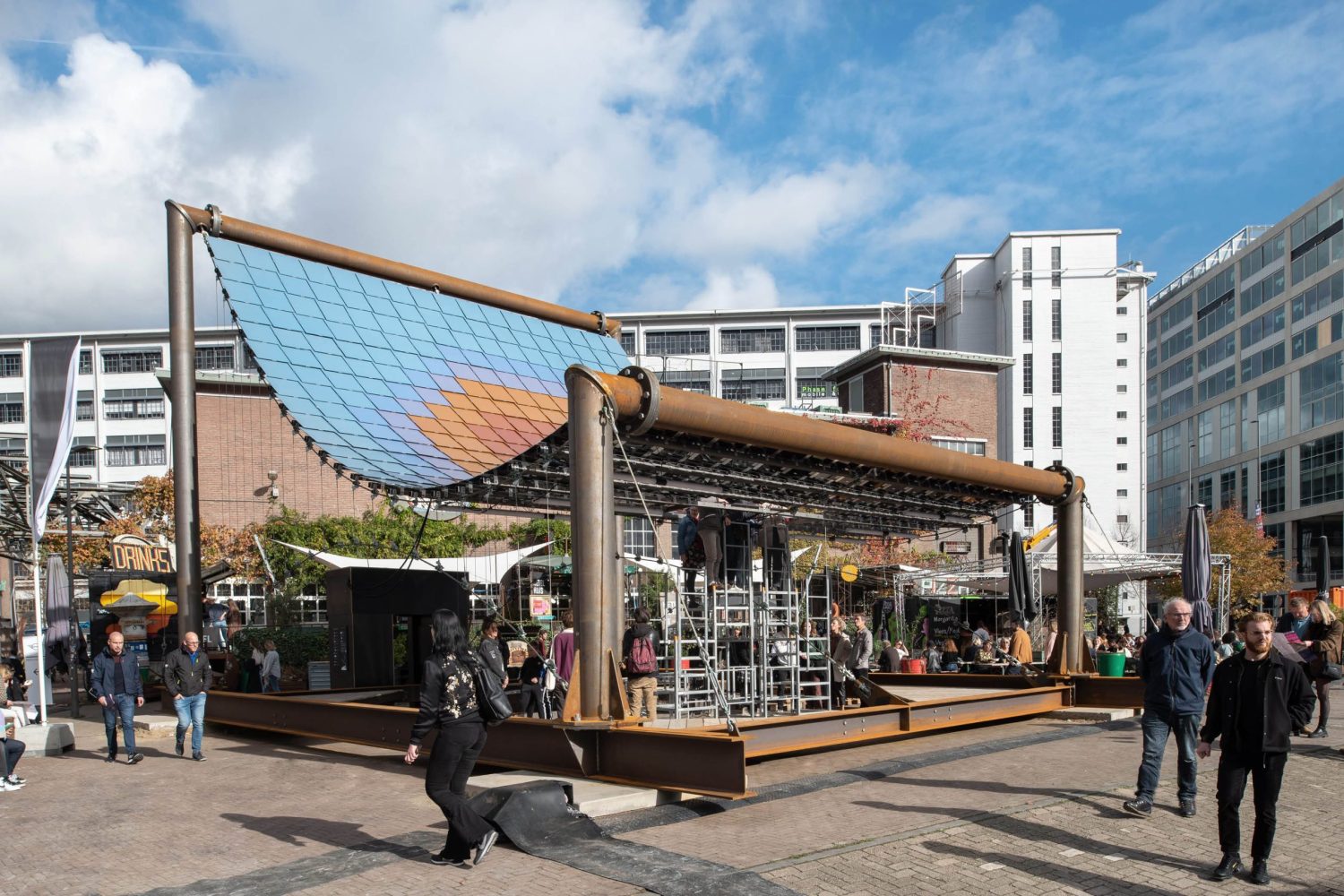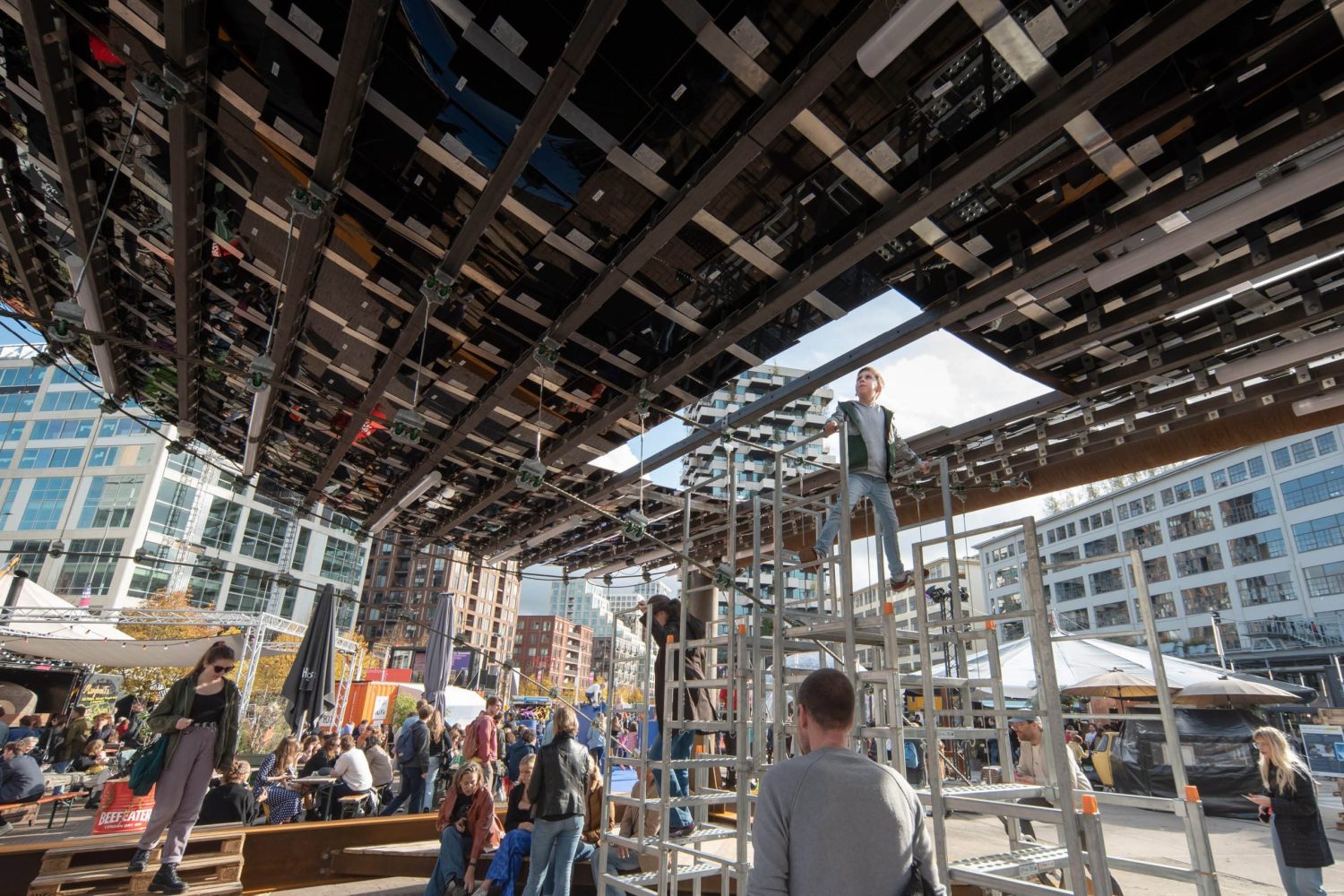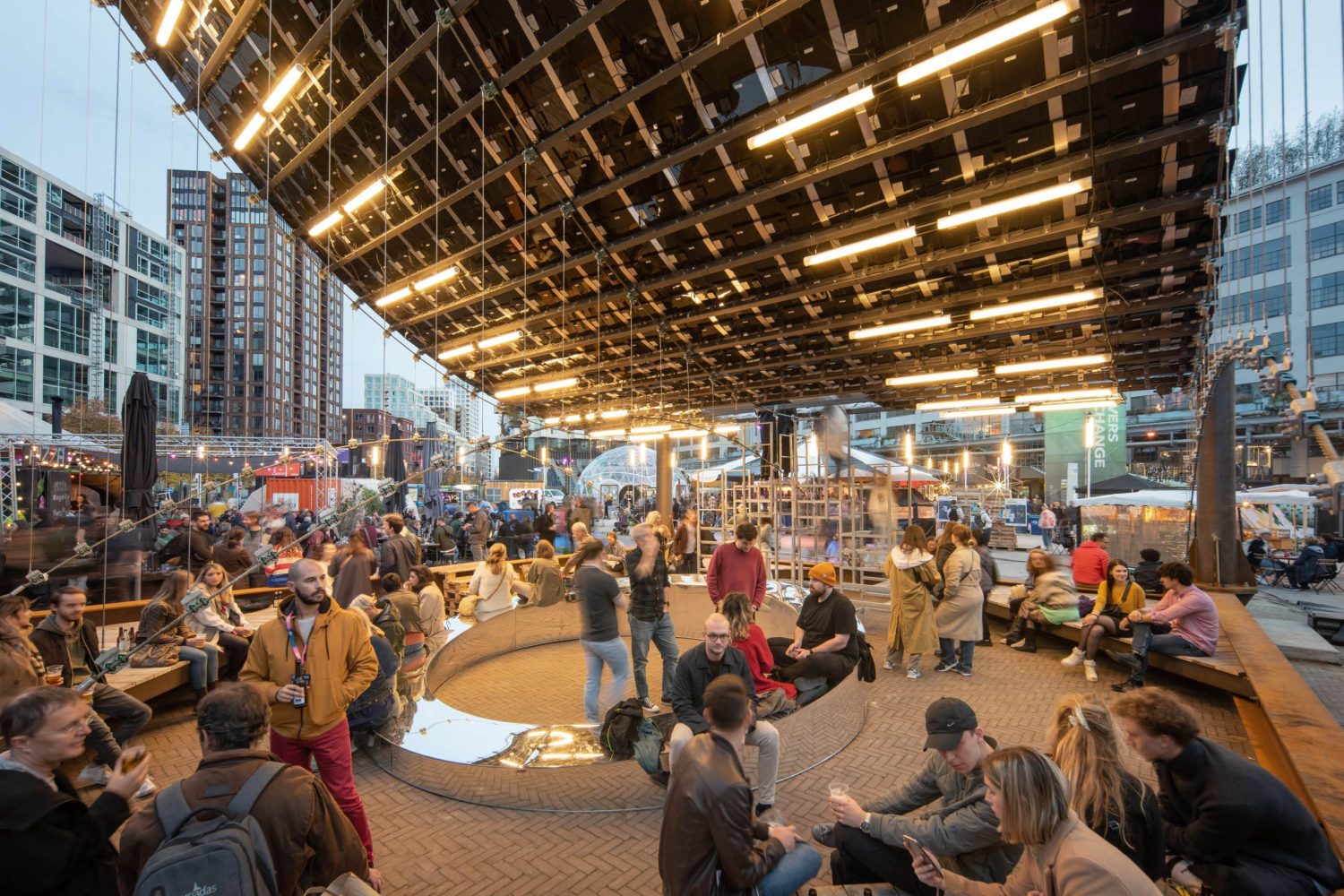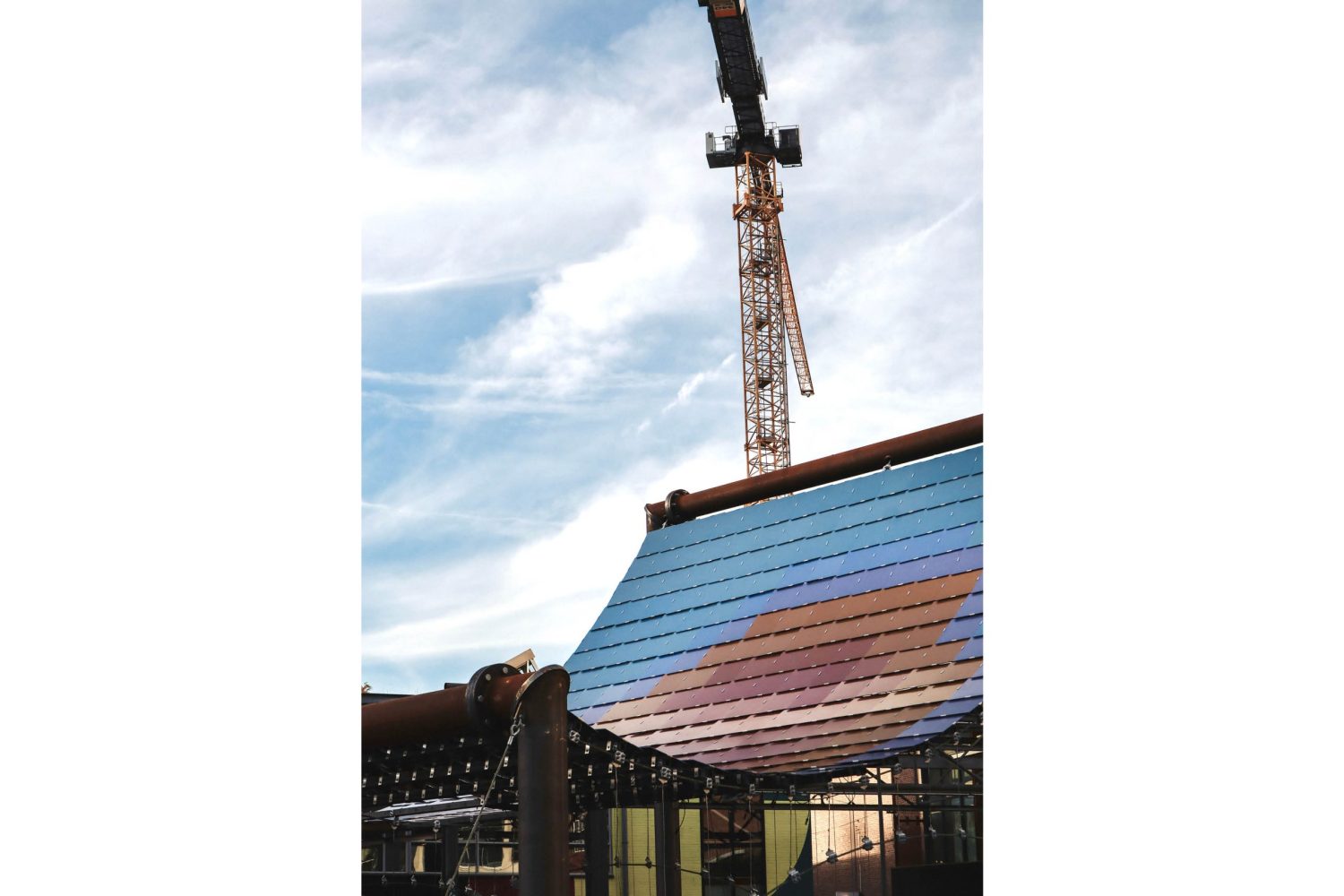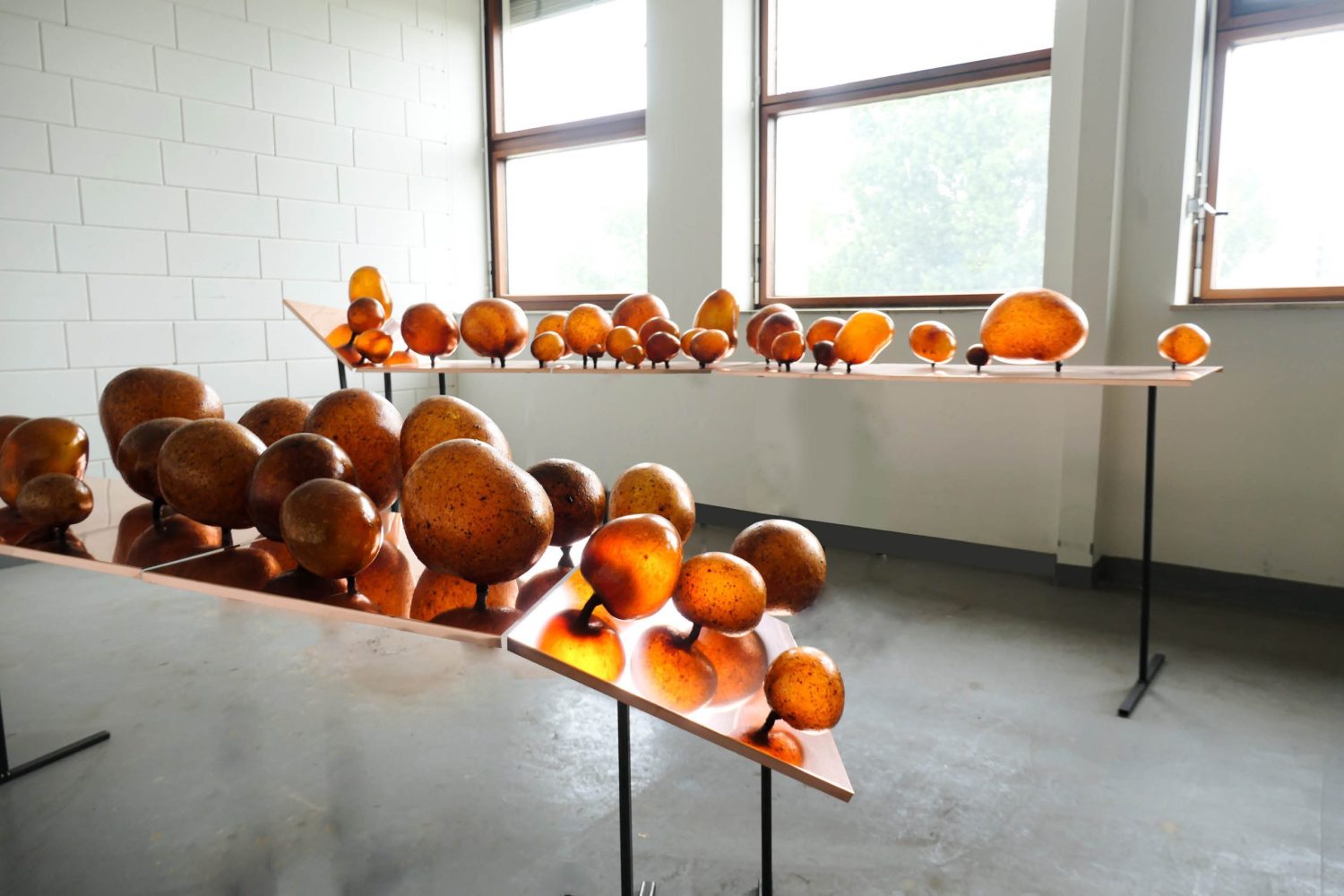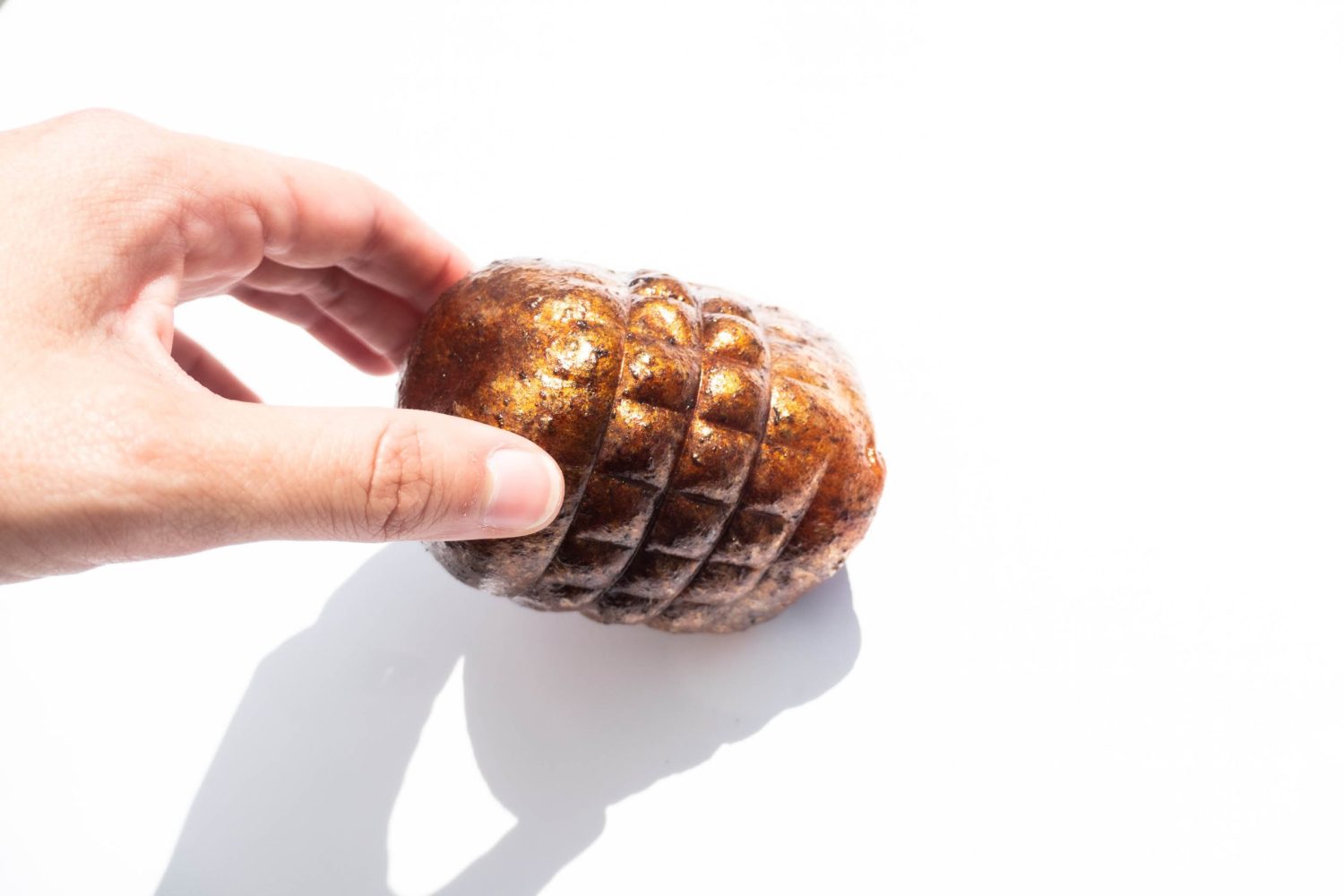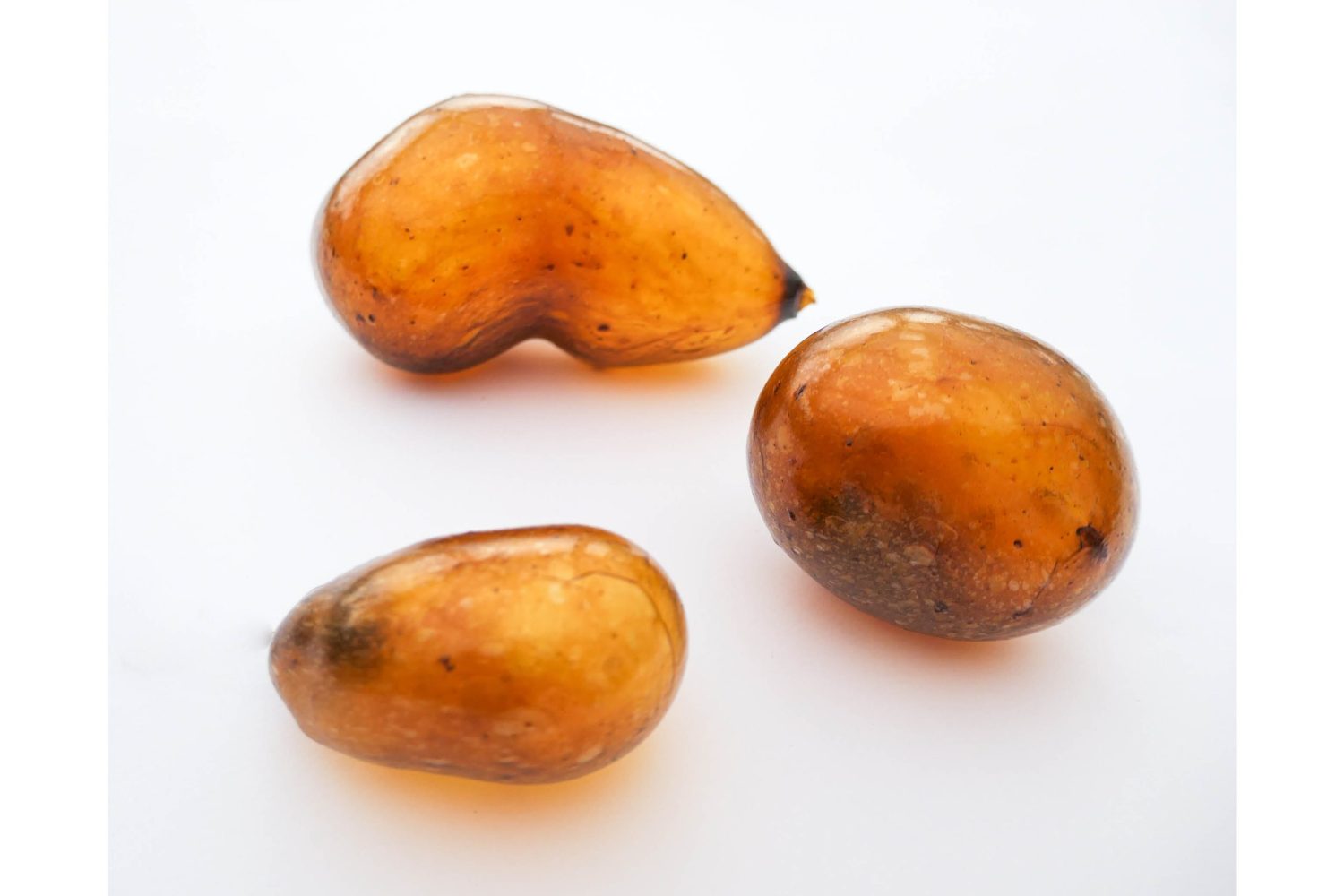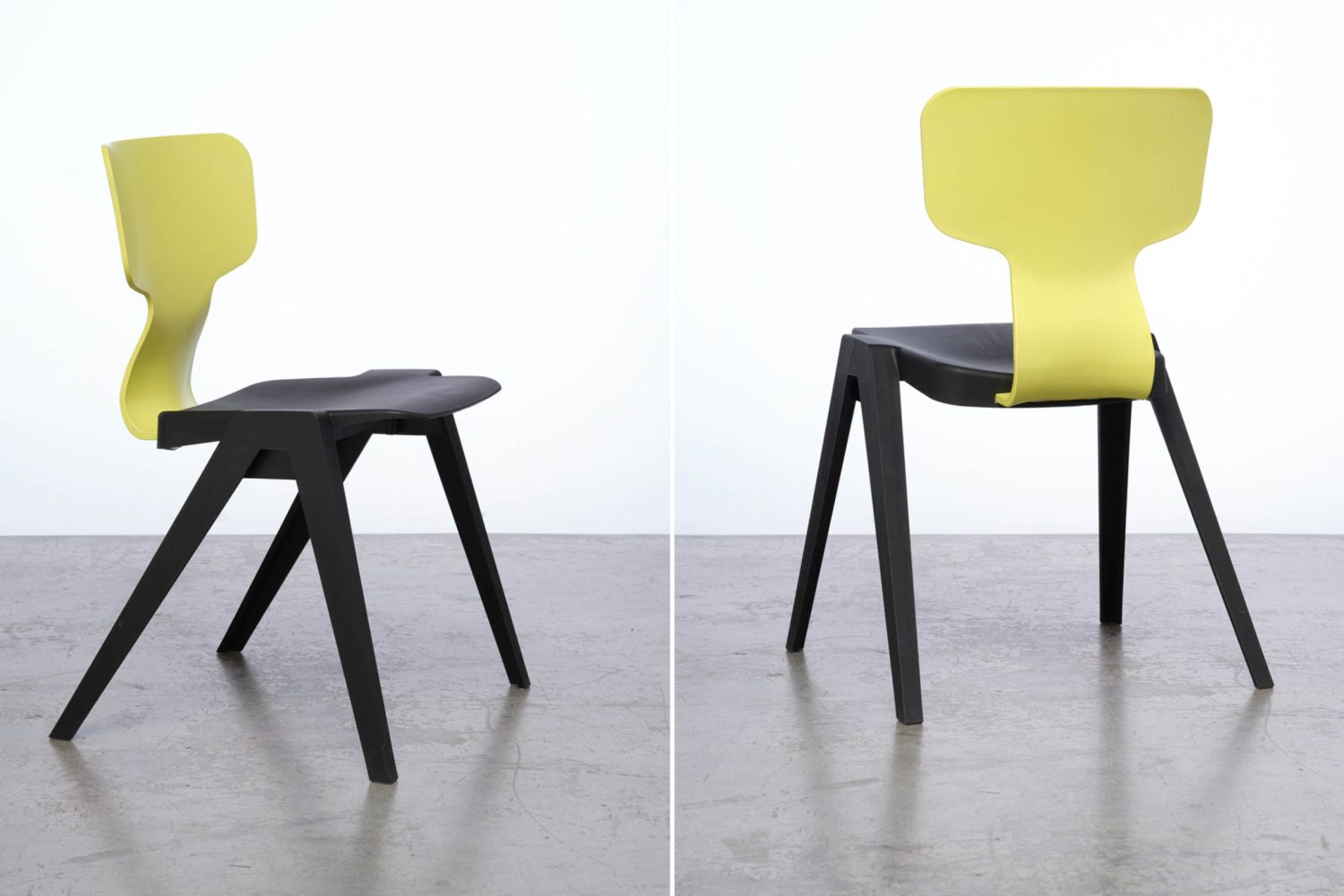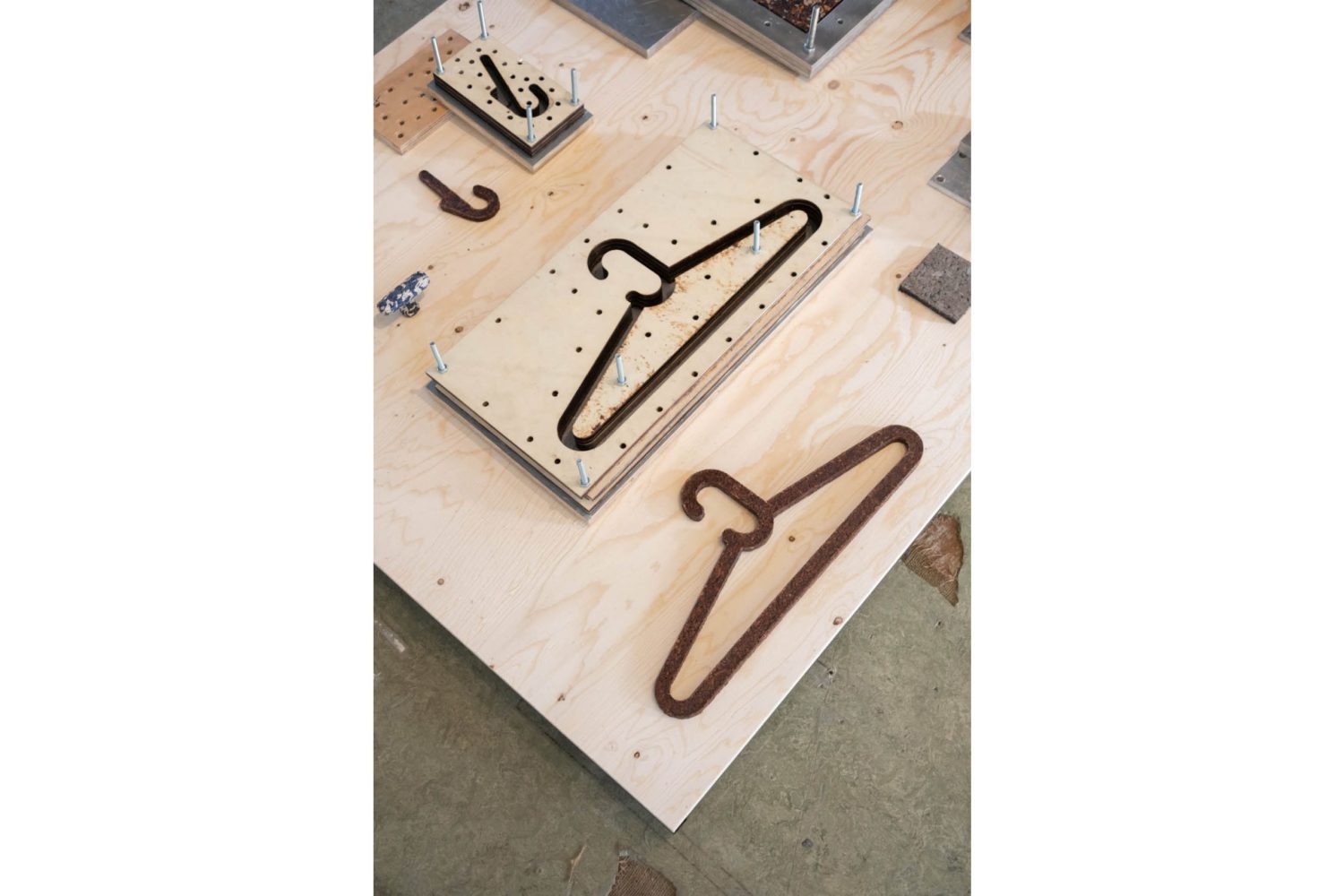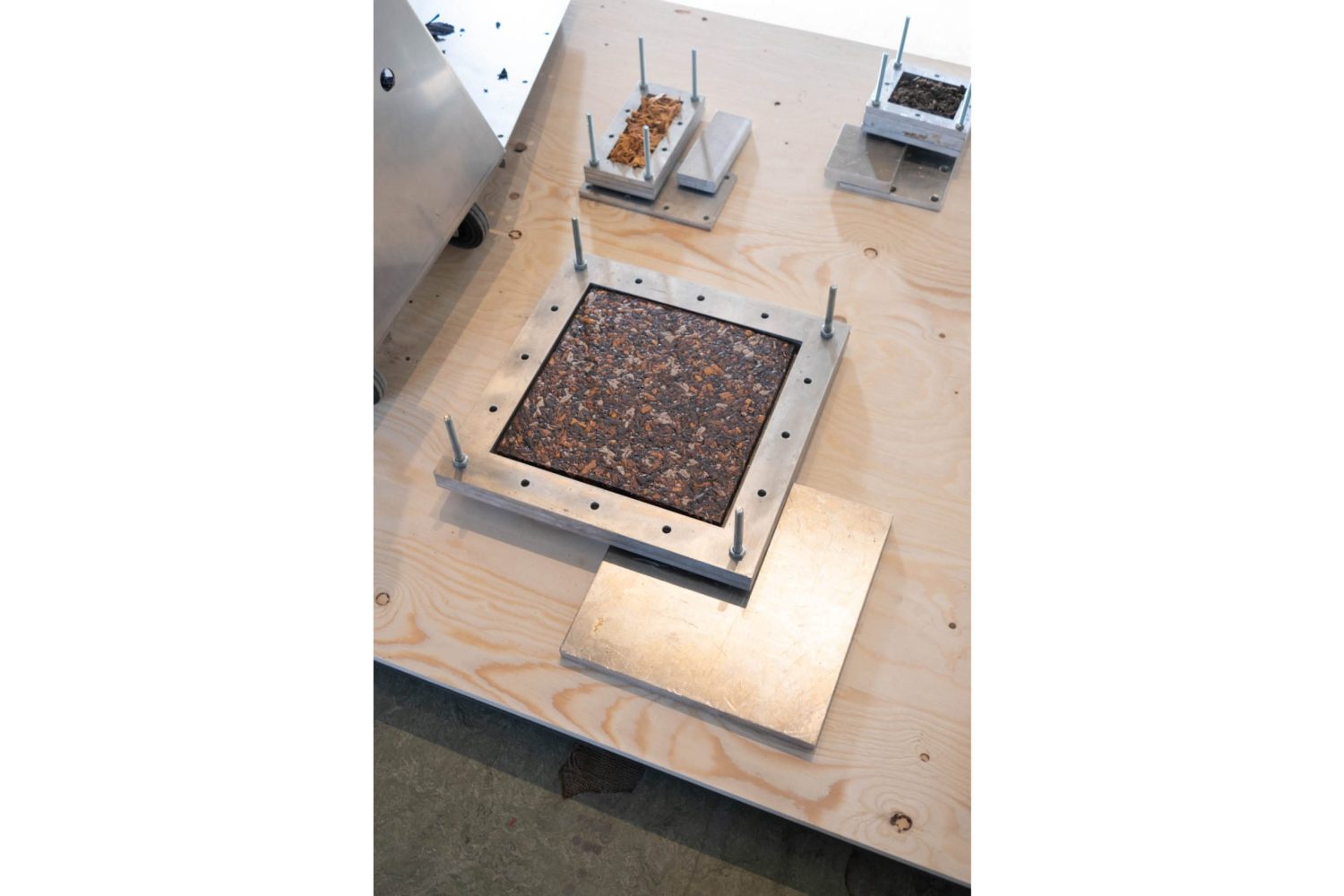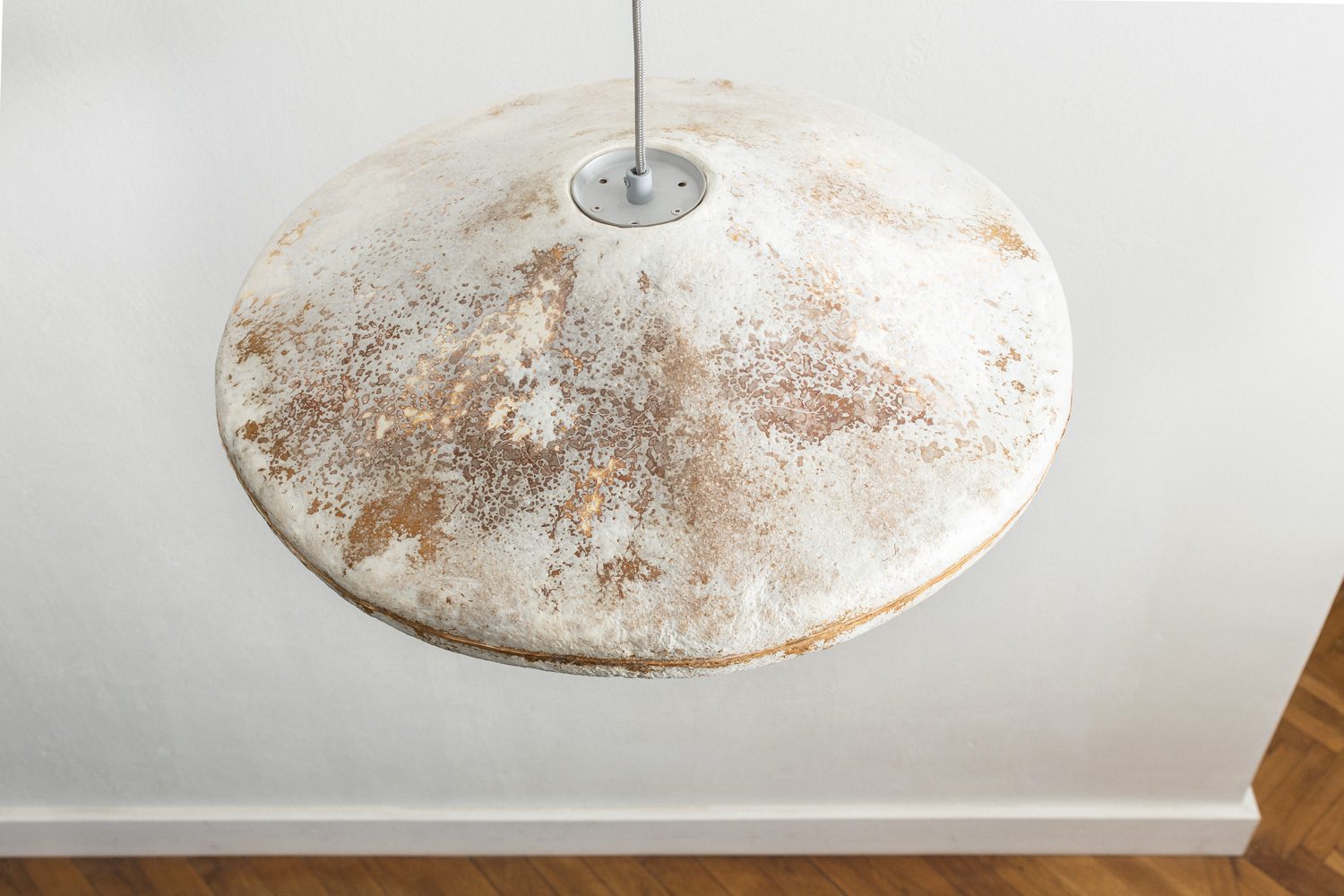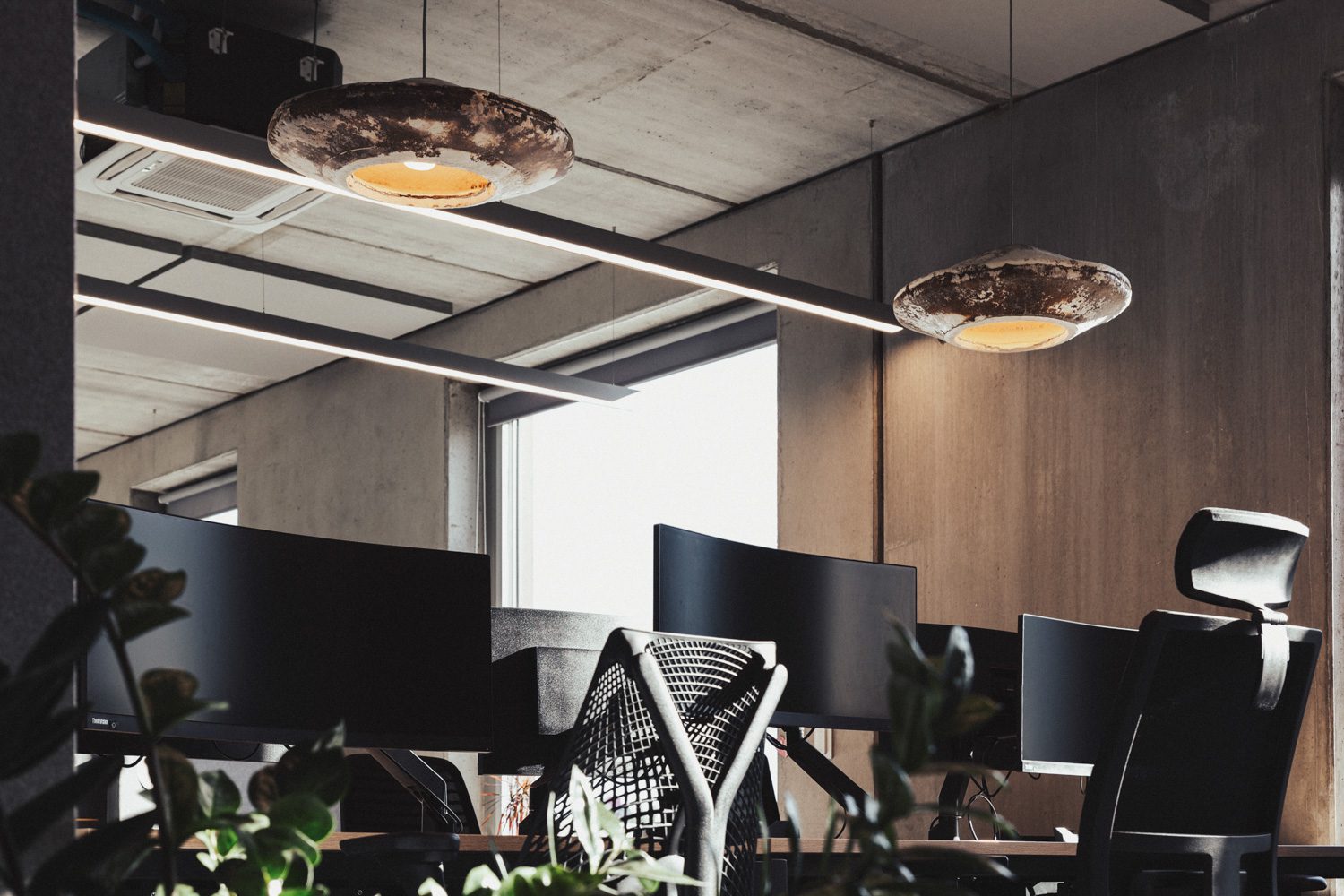DECHA ARCHJANANUN FROM THINKK STUDIO INTRODUCES TEN INTERESTING WORKS FROM DUTCH DESIGN WEEK 2022 IN THE NETHERLANDS WHICH CONCLUDED LAST OCTOBER. THE FESTIVAL FOCUSES ON RESEARCH AND DESIGN PROJECTS RELATED TO ENVIRONMENTAL ISSUES WHICH ARE A MAINSTREAM TREND IN DESIGN INDUSTRIES ACROSS COUNTRIES AROUND THE WORLD, INCLUDING THAILAND
TEXT: DECHA ARCHJANANUN
PHOTO CREDIT AS NOTED
(For Thai, press here)
The Netherlands is one of the top countries in the world in terms of state funding for culture and the creative sector. And for that matter, it is hardly unexpected for major design festivals such as Milan Design Week to frequently welcome constant new waves of Dutch designers. It’s the fun and seemingly boundless ideas that never lack practicality and function-driven solutions that have many people (us included) wondering how cool and satisfying a Dutch design festival would be if it were hosted on its own soil.

Photo courtesy of Dutch Design Week (DDW)
Dutch Design Week 2022 marks the 18th edition under the new name, which was first introduced in 2005.The event was held in Eindhoven, the regional technical and innovation powerhouse and home to Design Academy Eindhoven, one of the world’s leading design schools. It’s been said that the research and experimental projects showcased at this festival, whether by students or experienced designers, frequently forecast future design trends. The most noticeable trend emerging from this year’s DDW is research and design relating to environmental friendliness; how can design make the world a better place in every aspect. The tendency to pose this question has now become a mainstream trend in design industries across countries around the world, including Thailand’s, which is being led by the BCG (Bio, Circular, Green) policy. The Netherlands has been paying serious attention to environmental issues with a population that has a keen awareness of and support for environmentally friendly products and has adopted such mindset as a part of their lives. Such collective consciousness has pushed the trend forward as a part of the big picture that involves every sector of the country. The ten works selected for this article are all interesting and deal with issues linked to environmental conservation, maximized efficiency of resource usage and circulation alongside the minimization of any possible negative impact on the planet.
Solar Pavillion by V8 Architects and Marjan van Aubel Studio
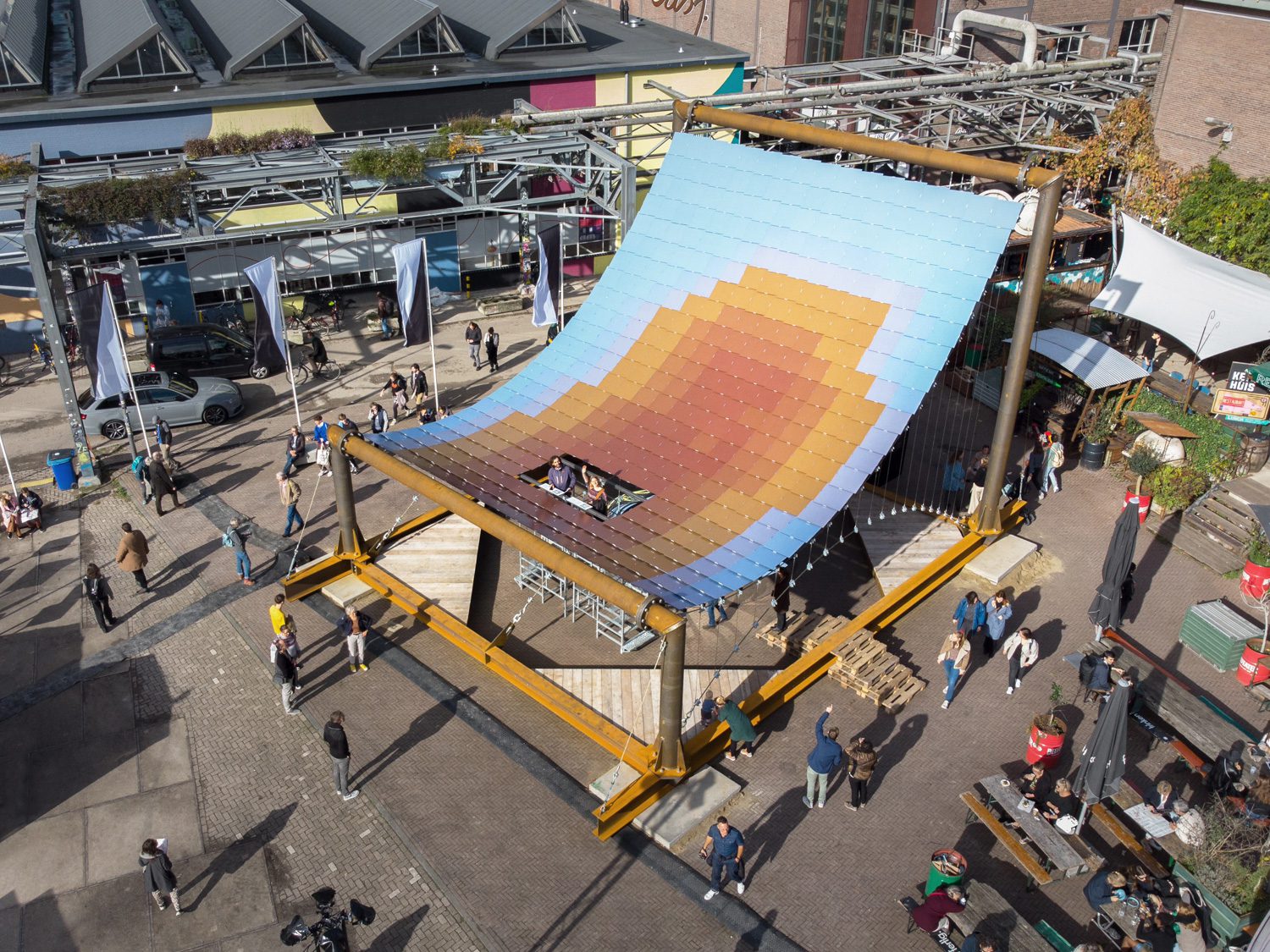
Solar Pavilion by V8 Architects and Marjan van Aubel Studio I Photo: Aiste Rakauskaite
The installation, created in partnership with solar panel maker Kameleon Solar by V8 Architects and Marjan van Aubel Studio, transforms solar power engineering into an impressive work of design. Panels in a variety of lovely hues are suspended into the shape similar to that of a big cradle. The panels span the steel framework, shading the activity ground below while generating electrical power from the sunlight to keep the entire area warm. Climbing the stairs to the opening on the roof allows viewers to enjoy a serene, soothing ambiance while getting a closer look at the aesthetically stunning solar panels and their dazzling 380 varieties of color.
The Lac Lab open source by Ori Orisun Merhav

The Lac Lab open source by Ori Orisun Merhav I Photo: Anna Jurna
The graduation project of Design Academy Eindhoven undergrad students who studied and collected data in Thailand on lac, a species of insect that can produce a waxy resin and use it to protect itself from danger. Humans have been making use of the naturally produced resin, especially in the form of lac and shellac. Ori looks for ways to mold this natural resin into designed shapes and forms utilizing various techniques such as sewing, blowing into molds, and more. The ongoing research is presented as a platform for other researchers and creators to contribute their experiments and discoveries to broaden the exploration of what this natural substance can be developed into.
REX by Ineke Hans Studio

REX by Ineke Hans Studio I Photo: Annegien van Doorn
Circuform, a Dutch brand, breathes new life into Inke Hans’ plastic chair, which won the Good Design Award in 2011. The goal is to reduce and halt the use of new resources by using the lowest budget possible. The concept resulted in the transformation of fishing nets, bits of obsolete office chairs, and industrial trash into a chair. The original mold is updated to better suit the manufacturing process, which needs to work primarily with recycled plastic waste. The mechanism of the chair’s utility and life cycle is intriguingly designed; for example, the chair can always be returned to Circuform with a guaranteed reimbursement of 20 euros. All returned chairs will be inspected for condition, cleaned, and repaired before being resold. The chairs whose damage is too severe to repair will be dismantled and used as raw material in the manufacture of new chairs. The work has been selected as the winner of the Dutch Design Award 2022.
Color Blends by Rē

Color Blends by Rē I Images courtesy of Rē
Rē Envisions, AE Studios, and Michael Wolf collaborated on, Rē, the project where a textile creation makes use of a new form of fiber called Wyron, with yarns available in a wide range of recycled components, materials, and colors. While the materials are made up of a variety of formulas to meet the functional and aesthetic requirements, Rē uses and present the yarns with physical properties that are ideal for home decoration. The work showcases the charm of imperfection, combined with color mixing and weaving processes by highly trained manufacturers, which give work to a fabric with a distinct personality that is also environmentally friendly.
Philips 3D printed recycled lamps by Philips MyCreation
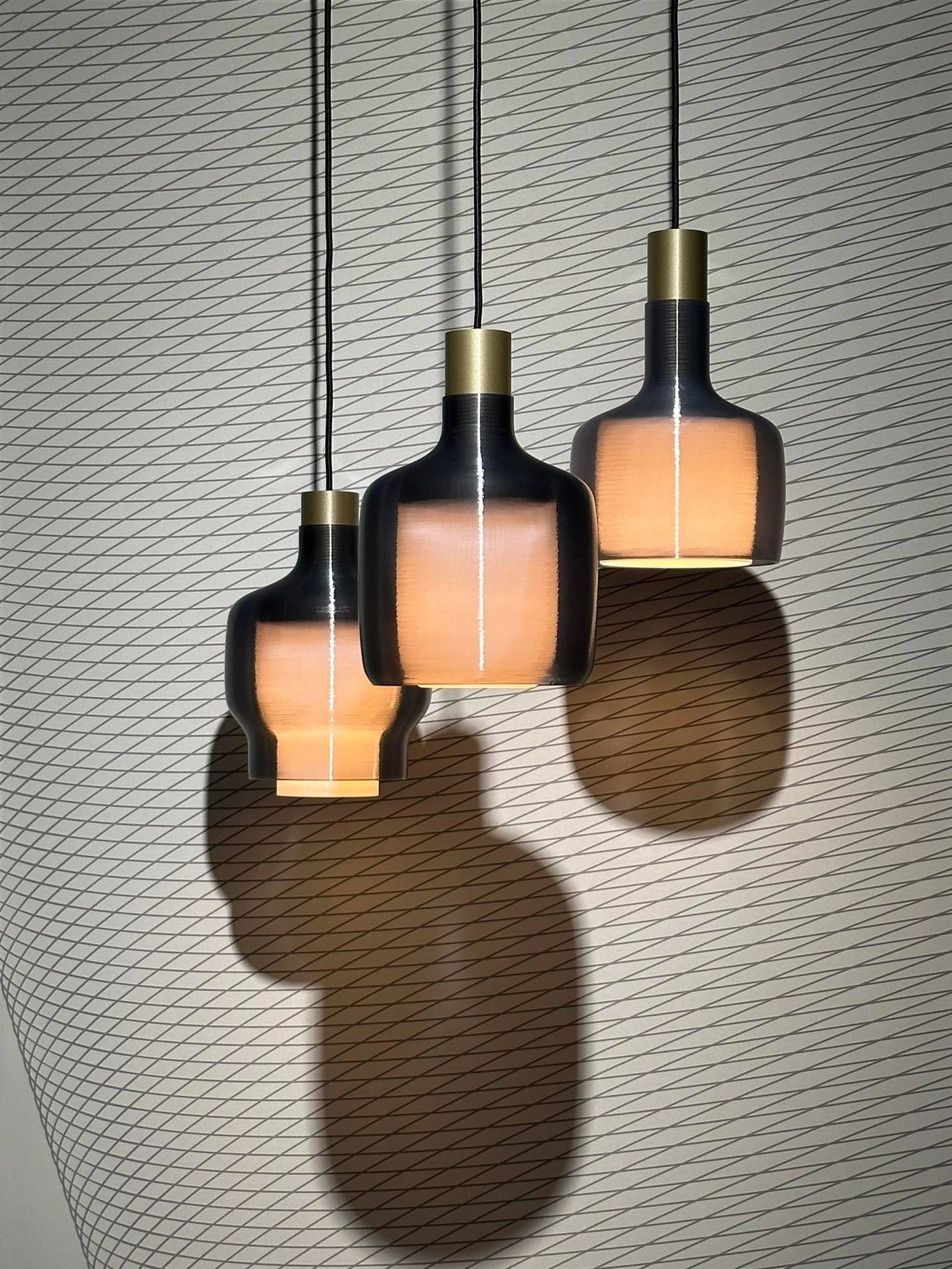
Philips 3D printed recycled lamps by Philips MyCreation I Photo: Decha Archjananun
The Great Pacific Garbage Patch is made up of 46% of abandoned fishnets. Philips MyCreation is a project by Phillips, the electronics company known for its electrical appliances and light bulbs, with a goal to assist in the removal of marine waste from the ocean. Discarded fishing nets are salvaged from the sea and converted into filament fibers for the 3D printing process. The end product is a collection of lamp shades with eye-catching designs, glow-in-the-dark properties, and variable levels of translucency. The lamp shades are intriguing due to the physical qualities of the material and the intricate details created by different 3D printing techniques. The project also yields the design that won the IF design award 2022.
The dairy farm is a universe by Thomas Vailly

The dairy farm is a universe by Thomas Vailly I Photo courtesy of Studio Thomas Vailly
Another Design Academy Eindhoven alumnus, Thomas Vailly, has long been interested in environmentally friendly substitute materials. His most recent work is a study that looks for new materials that can be made from dairy farm products such as cellulose, flour, and lignin derived from wheat flour and whey derived from cow milk. These raw materials are utilized as components in the production of agriculture supplies used within a farm. The compressed rice straw fibers and wheat which are put into the mold to form extruded profiles is the first experimental result from his research. The designer sees the process as something that can eliminate a new material life cycle, preventing materials from departing the system while lowering energy use, and the need for new resources for farm operations.

‘The dairy farm is a universe’ conceptual sketch generated by DALL-E
For Greener Pastures by Gereon Wahle

For Greener Pastures by Gereon Wahle I Photo courtesy of Gereon Wahle
This work is part of the thesis exhibition of Design Academic Eindhoven students. The study uses compressed leather scraps to make a new substance as a way to help reduce the startling amount of 2.49 million tons of leather waste buried in land fields per year. To aid in the development of the leather scrap into usable leather sheets, biodegradable glue is utilized. Scraps that have reached the end of their useful lifespan can be disintegrated and re-compressed, similar to the process of plastic recycling. The technique also serves as a key system for reusing leather waste from leather entrepreneurs and adding value to the recycled material, both in terms of brand image and the increased worth of formerly wasted leather.
The Lost Mountains of Holland by Hugo Peels
The idea is inspired by the designer’s personal curiosity about his own abilities to make use of Holland’s lost mountains. Hugo Peels makes a sustainable building material out of natural stone rubble, which is regarded as unusable waste in the stone industry. The debris is compacted into layers and solidified by incorporating the rammed earth technique. The technology contributes to the rebirth of lost mountains in the form of a sustainable building material.
From sludge to tile by Kirstie van Noort & Lotte de Raadt

From sludge to tile by Kirstie van Noort & Lotte de Raadt I Photo courtesy of Kirstie van Noort
As part of the company’s 450th anniversary, Koninklijke Tichelaar invites Kirstie van Noort and Lotte de Raadt to be one of three design studios to participate in its design residency programme. The initiative aims to identify ways to incorporate environmental sustainability into an existing efficient and creative manufacturing system. The work focuses on the incorporation of sludge into the ceramic production process in particular. Sludge is a natural byproduct of groundwater input that is filtered into clean tab water. The remaining component of this procedure produces black steel particles, which can be used as a ceramic coating solution and paint.
B Wise by Myceen
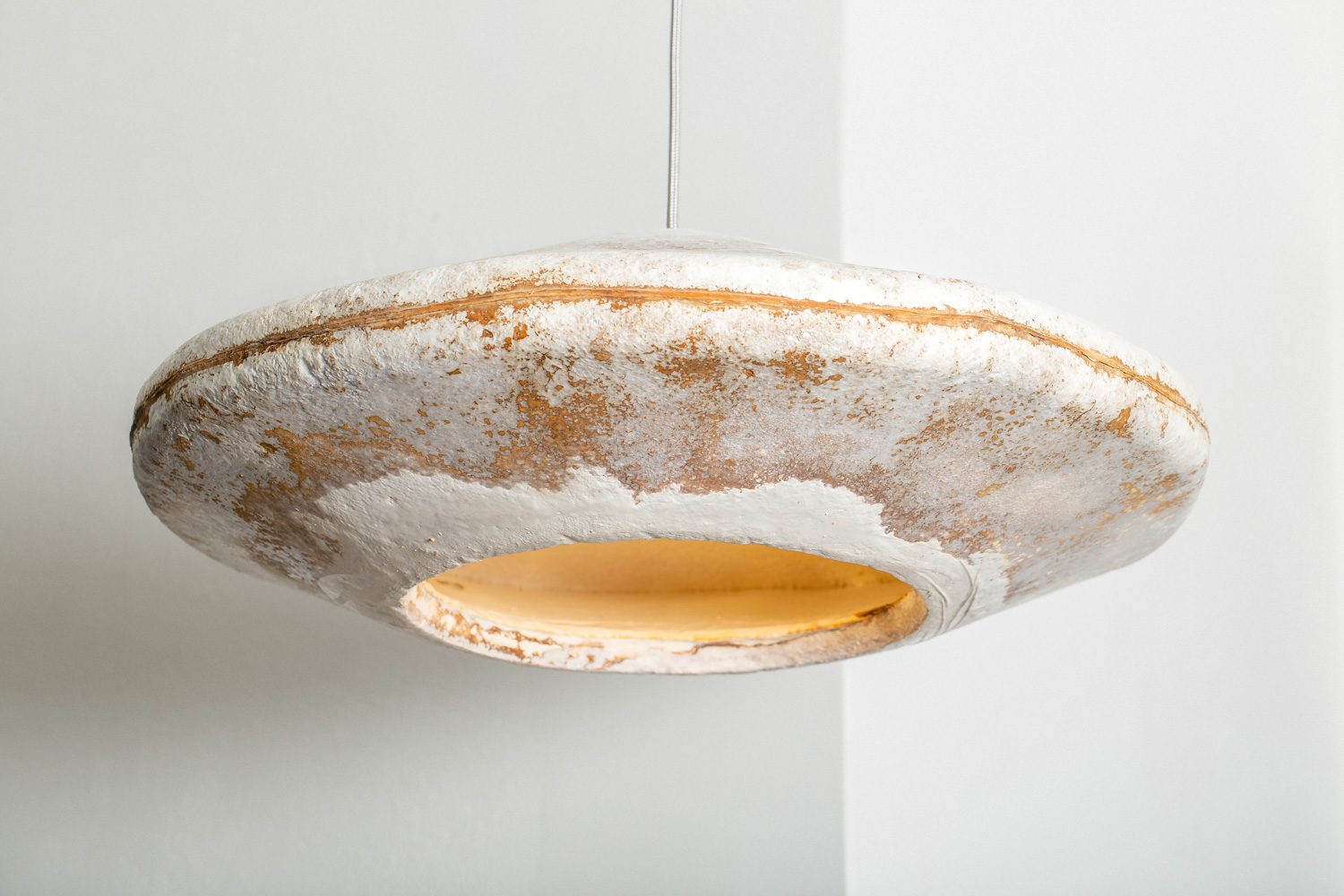
B Wise by Myceen I Photo: Kristjan Mõru
Myceen, an Estonian firm known for the development of materials and products made of Mycelium fiber, introduces B Wise, its latest design breakthrough. The pendant lampshade is 60 cm wide and formed of saw dust and agricultural waste such as rice straws, with Mycelium as the main component. All raw components are placed into a mold and allowed to grow at a control temperature and humidity level. Once everything has grown and filled the entire mold, the humidity is extracted to keep the intended shape and stop the fungus from growing.

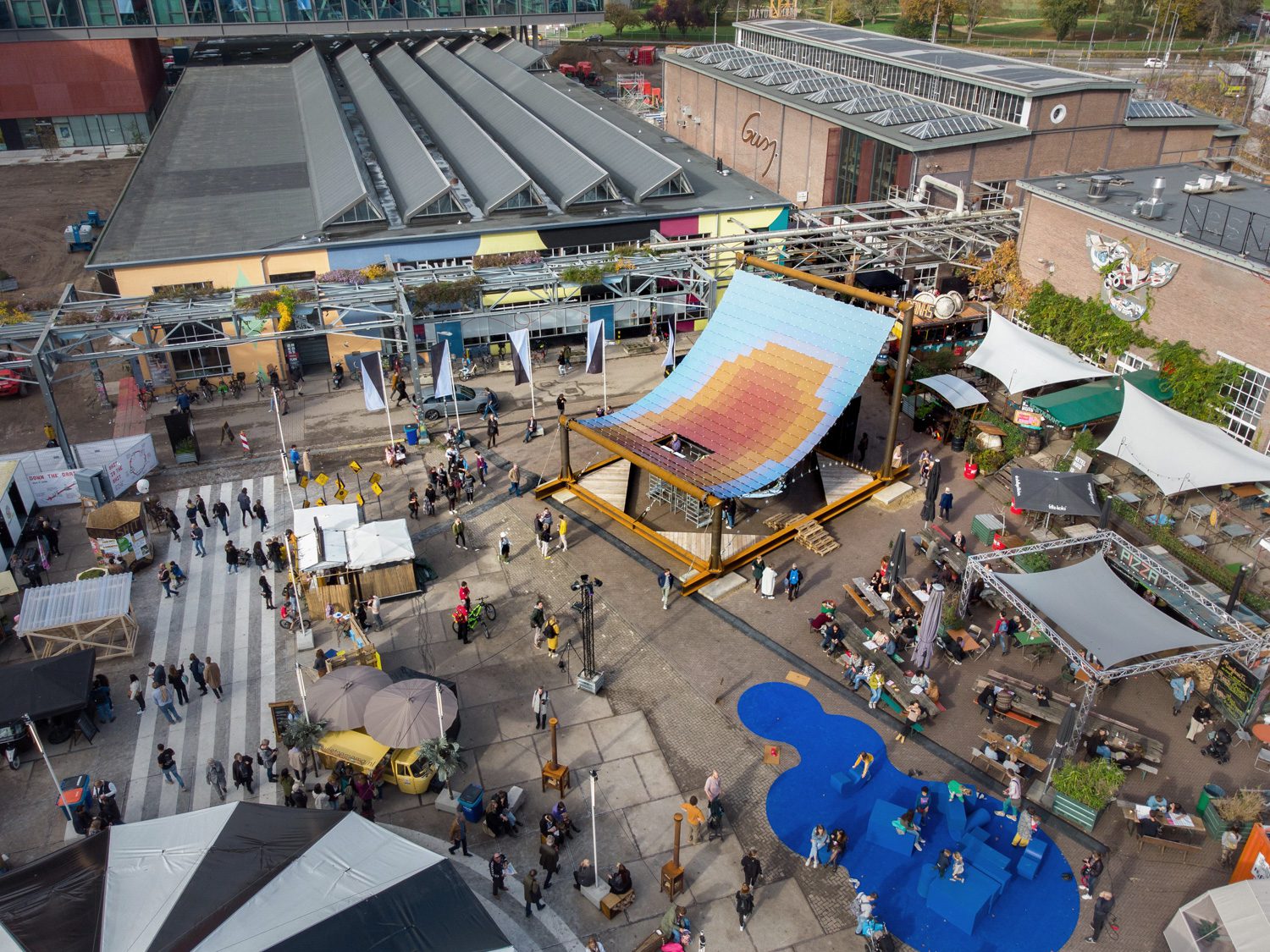 Photo: Aiste Rakauskaite
Photo: Aiste Rakauskaite 




